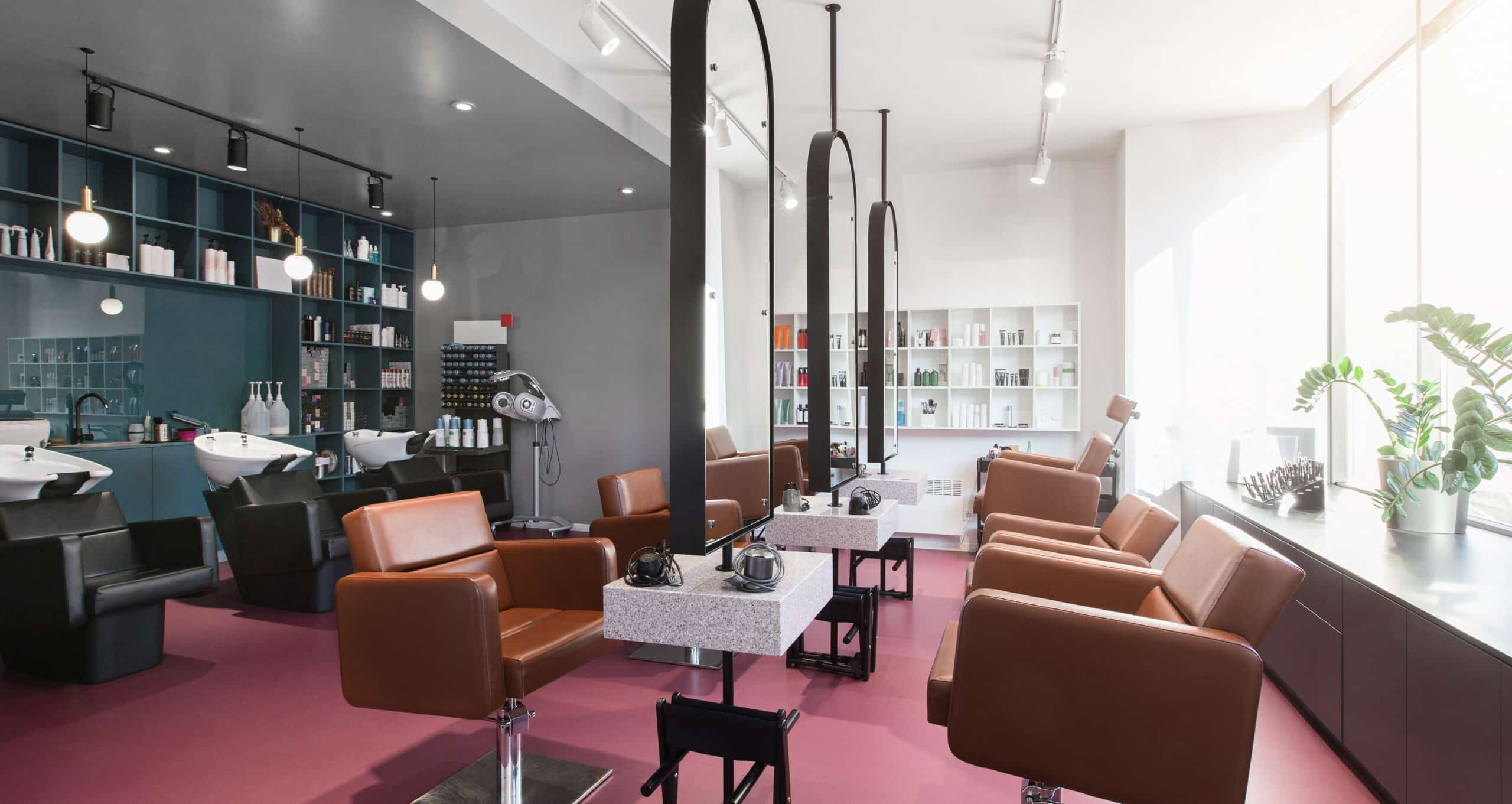Jentry Petzold, owner of The Black Cat Salon and Spa in two locations on the island of Oahu, is on a mission to change the way salon owners do business.
A few years ago, after becoming frustrated with low productivity and a faltering salon culture, Jentry began to research alternative ways to run his business. He found three people who changed the way he did business forever.
“I piecemealed together my plan from Walter Claudio’s Headmapping, Neil Ducoff’s team-based compensation and William Edge’s method of billing,” he says. “I take no credit—I just quilted together their ideas and spent five years researching before I executed my final plan.”
And when he told his team about the new direction the salon was headed, he didn’t mince words.
“I said, ‘I’m going to work you harder and pay you less,’” he says. “I got rid of everybody who wasn’t on board or doubted me so I could surround myself with positivity.”
He kept 12 employees (down from 42) and initially lost revenue—but not by much.
“My overhead was way less, and we had higher profits,” he says. “And they are now performing as a team, and I pay them 41-percent commission—as a team—at the most.”
Creating a Billing Rate
To look at benchmarks from a different perspective, Jentry sat down with a mentor, William Edge, owner of William Edge salons in Nashville and New Braunfels, Texas.
“He gave me feedback on having a billing rate per hour,” Jentry says. “If you know your haircut is worth $50 and it takes 45 min, then you can do the math to break it down to 15-minute block of time and apply that to every service, so you know what you need to be charging.”
Jentry adds, “There are variables—some stylists take longer to cut hair, or a client has a ton of hair. That client can’t expect a $50 hair cut, when in reality they need twice the time to finish and style the hair. So we would charge $100—it’s all about time.”
Black Cat stylists start at a level one, and their billing rate is determined by their level as well as a chemical and non-chemical service average.
Charging for their time was a big change for Black Cat stylists, but Jentry maintains it’s no different than how an attorney or cab driver charge.
“For example, a stylist may charge $125 for haircut and $50 for a root touch up—but this doesn’t make sense based on the amount of time needed to do those services, which is why we charge for our time across all services,” he says. “Industry practices need to be more consistent.”
“Now I’m filling my time with people who can pay me what I’m worth. As an owner, I didn’t lose revenue, because clients who left me went to cheaper stylists in my salon.”
Productivity
Jentry now looks at his team’s productivity from a dollar valuation.
“If you have potential to earn $100 a day and you earn $50, then you are 50 percent productive,” he says. “There’s nowhere to hide in this system—if someone says they are 80 percent productive, I can look and see they are stretching out services. As an owner, I have to be strict about time—is the time making the money it’s supposed to be?”
When Jentry looks at his daily reports from SalonBiz, he looks at overall service revenue when he’s looking at productivity.
“How does that revenue match up with the overall goal for the entire salon that’s working that day? Let’s say we know we have a $5,000, 100-percent productivity rate. If we brought in $2,500, we were 50 percent productive.”
Team-Based Compensation
Jentry was inspired by Neil Ducoff’s Team-Based Pay when he created his own team-based compensation system.
He set three benchmarks: percentage of guests buying retail, productivity and retention. If the salon as a whole hits those benchmarks, stylists get a higher commission value, which maxes out at 41 percent.
“So the higher productivity is, the higher commission earned,” Jentry says. “Across the board—level one up through level four—everyone earns the same commission. It creates urgency across all levels so everyone wants higher productivity. It’s truly team-based.”
Retail
Jentry doesn’t pay commission on retail. Instead, he includes retail in the team-wide benchmark.
“A retail per service ticket might be $12. But if you have 10 clients a day, and sold $100 of retail to just one client, that skews the big picture,” he says. “I want to know the percentage of guests buying retail from you. If you’re at 50 percent, I know five out of 10 clients bought products because they trusted you.”
Jentry says focusing on retail per client versus retail per service is a trust indicator he relies on.
“Did the client trust your recommendations enough that they bought product? I don’t care how much they bought—I care how many of them bought.”
To track their retail progress, his team uses SalonBiz’s stylist app to see their individual numbers, not just in retail but also in total sales, prebooking and more.
Retention
Prebooking was another area where Jentry wanted to eliminate hiding places.
“In theory, a stylist could come in on April 10 and book all her appointments through December 31,” he says. “Then she could go in on April 11 and delete them. She still had 100 percent prebooking though.”
So instead of tracking prebooking, Jentry tracks retention on a 120-day cycle pulled from a SalonBiz report.
“If I’m paying them on a sliding scale based on a prebooking rate, I’m paying on money I haven’t collected,” he says. “But if I’m paying on retention, now I have the money. I can look at new clients and existing clients, then take the average of both for client retention.”
Jentry identifies client satisfaction and what his staff needs to do to keep clients coming back by looking at retention.
“Did the client want to come back? There are no hiding places in that,” he says.
While the metrics Jentry focuses on are unique to his salons, the idea is the same for every owner—know your numbers, communicate them to your team and work together to hit goals. Dive into your software, customize reports and get your stylists checking their apps daily. Your business will benefit.






